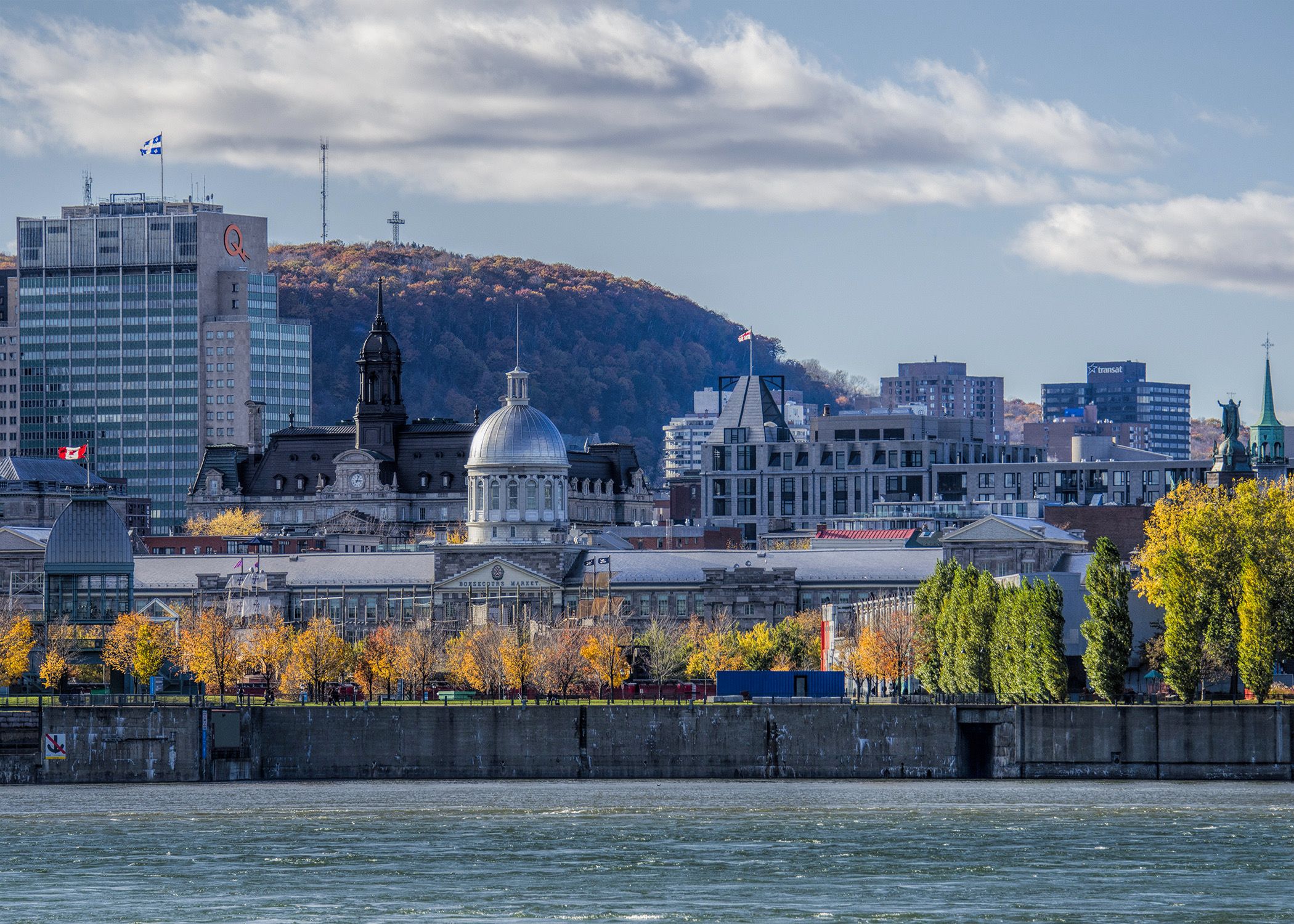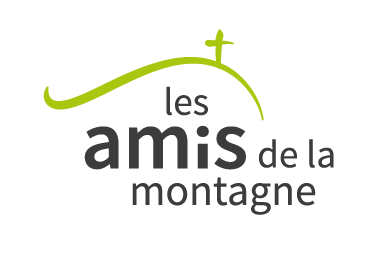
The City of Montréal has initiated an important conversation with the public with a view to developing its next land-use and mobility plan (in French), which will set out guidelines for addressing a number of city-related issues. The objective of the densification of Montreal raises questions about the protection of Mount Royal.
Densification is important in protecting farmland, fighting urban sprawl, and creating welcoming, accessible and diversified neighbourhoods. However, this approach is not suitable for the Mount Royal Heritage Site, which is a fragile environment under increasing pressure. Rather, protecting the mountain’s iconic character, the health of its natural spaces and the quality of its heritage calls for a customized approach that allows for development choices that focus on its preservation.
Carrying capacity: A stewardship approach for Mount Royal
In view of public concern about increasing pressure from real estate development on the mountain, the concept of maximum carrying capacity was incorporated into the development of the Mount Royal Protection and Enhancement Plan in 2009.
The notion suggests that the mountain has limits and that its maximum capacity to accommodate new developments has been reached. It also involves avoiding any new construction or expansion, as well as managing all modifications to existing and appurtenant buildings, preserving existing or historical landscapes and protecting the ecosystems.
The dilemma surrounding development on the Mount Royal Heritage Site was well summed up by the Office de consultation publique de Montréal (OCPM) in a special edition on Mount Royal (in French):
“…given the realization that the mountain has limited capacity to accommodate new development projects, must we reject any new expansion beyond the current footprint or volume of the buildings in question or, on the contrary, can we allow a given project to slightly exceed the volumes of the existing buildings?” (p. 59) (translation)
If we agree to let a project “slightly exceed” the current footprint and volume, under what conditions do we do so? According to the OCPM, it can be done, “provided it is compatible with all the protection plans” the City has incorporated into its Mount Royal Protection and Enhancement Plan and its urban development plan and regulations.
How is maximum carrying capacity applied in the urban planning regulations?
The notion of maximum carrying capacity is much more than just a statement of concern. It takes the form of concrete measures based on three protection plans established in accordance with the major components of the Mount Royal Heritage Site: parks, residential properties and institutional properties. For these measures to have any real power to protect the Heritage Site, the boroughs concerned need to include them in their urban development regulations. Has this been done? What is the procedure for gauging the effectiveness of these measures? Do they need to be strengthened or further developed?
Sectors of Application for the Three Mount Royal Heritage Site Territory Protection Plans (in French)
Source: Plan de protection et de mise en valeur du Mont-Royal, 2009
In residential neighbourhoods, the objective of applying a maximum carrying capacity is to maintain the volumetric envelope typical of the existing buildings, namely by restricting the height and footprint of new construction, prohibiting building or backfilling in certain areas, protecting trees, limiting the number of mineralized parking areas, or controlling lighting.
For institutions, the approach adopted to ensure compliance with maximum carrying capacity hinges on the collaborative planning of land use. In planning its future and development, each institution can negotiate an agreement with the City for the adoption of special regulations or contract provisions. Without such an agreement, an institution cannot construct any new buildings. For example, the Université de Montréal agreed to limit construction on the mountain and ceded a portion of its land for Tiohtià:ke Otsira'kéhne Park via a long-term lease.
Parks, for their part, are safe from development, since they are reserved for natural spaces and outdoor recreation activities.
Therefore, the provisions of all three protection plans must be applied to ensure compliance with maximum carrying capacity. This involves preserving Mount Royal’s heritage buildings and components, landscape installations (such as gardens, forecourts and entrances), and natural elements like woodlands, cliffs, rocks and streams. It means ensuring that the mountain’s entire plant cover, geological components, landscape structures, and iconic silhouette against the cityscape are taken into consideration.
It is also important to consider the porous boundaries between the city and the mountain created by green corridors, city walkways and various access routes to the mountain and river, particularly in regard to institutional properties, which provide a service to the population and therefore require that people be able to circulate freely. Repurposing such properties can jeopardize these porous boundaries, as was the case for the former Séminaire de philosophie, where the staircase and path through the site were closed and the property fenced for the benefit of the sole owners of the M residential project on the mountain. The discussions surrounding the former Royal Victoria Hospital site are placing growing emphasis on these concerns.
Tailor-made solutions for Mount Royal
Twelve years after the adoption of the Mount Royal Protection and Enhancement Plan, the application of the various measures set out in the three protection plans still presents a major challenge. It is more important than ever to strengthen them and ensure they are enforced. The many stakeholders involved in implementing the regulatory mechanisms arising from these measures include the City of Montréal and its boroughs. Thus, great care must be taken to ensure that all projects are consistent with this approach.
The concept of maximum carrying capacity is essential to protecting and enhancing the mountain, as it allows for critical assessment of all proposed projects. It consists of a unique approach to making informed choices in the Montreal territory. Mount Royal’s iconic character confirms the fact that a chapter should be dedicated to it in the next urban development and mobility plan, in support of these efforts. Maximum carrying capacity is a promising concept that, in addition to real estate development projects, could also be applied to other issues such as managing uses in natural environments.
Photo: Jean-Claude Charron


